The history of TVR
#1
Do you like British car specials? You can see vehicles that you can’t find anywhere else in the country! All this in the middle of the capital? Visit us, where 2000 square meters of cars and motorcycles are waiting for you to see. We look forward to seeing you at the 365 Oldtimer Museum at Kolosy Square, from 10:00 AM to 7:00 PM at our latest British themed exhibition.
TVR is a British car manufacturer, named after its founder, Trevor Wilkinson, in 1947. Trevor left school at the age of 14 and became an apprentice engineer at a local garage. In 1946, he bought a former wheel factory in his hometown of Blackpool. There he began working as an engineer and founded his own company, Trevcar Motors. Jack Pickard joined him in 1947, and the company was renamed TVR Engineering. The first car was built by the founders themselves, which was launched in 1949 called TVR No. 1. The car’s base was a tubular frame, with brake and suspension components from a Morris 8 with the Ford 100E engine. The body of the car was made of aluminium by Les Dale. Trevor soon realised that it was much more cost-effective and lighter to use fibreglass. This is the philosophy TVR uses to this day. Their cars are light, fast, front-engine, rear-wheel drive beasts, with a tubular frame popular in racing. But let’s not get too far ahead. We can roughly divide the history of TVR into 5 main parts, let’s look at it by ownership changes.
1st owner (1947-1965): Trevor Wilkinson
The previously mentioned No. 1 TVR was crahed by Les Dale before the bodywork was finished. After restoration, it was painted British racing green and sold to Trevor’s cousin for just £325. After selling the first model, he started working on No. 2, which was based on the No. 1, but the front suspension was changed. It had a wishbone front suspension with leaf springs on the front axle. Its bodywork was made by Dale again.
No. 2 also quickly found a buyer. No. 3 replaced the sidevalve Ford engine with a 1.2-litre 4-cylinder OHC engine from the Austin A40.
In 1953, the TVR Sport Saloon was introduced, which could be purchased from 1954 for £650. The car had very impressive data figures. It weighed only 635 kg and the 1.2-litre engine took it from 0 to 100 in 13 seconds. In 1955, a new chassis was designed for the car and it received independent front and rear suspension, which was borrowed from the Beetle. After the limousine, more exclusive body variants arrived in 1956. First a convertible, then, following customer feedback, a coupe. All this was accompanied by new powertrains in addition to the previous ones. The 1.2 Coventry Climax FWA engine and the 1.5 MGA. Meanwhile, they signed a contract with Ray Saidel, who sold TVRs for the American market later on.
The TVR Grantura, which debuted in 1958, was already available with the Ford 105E OHV engine. The small fastback aroused the interest of many. The 421 kilogram car, which is incredible by today’s standards, was already being brought to America. The second generation of the Grantura, a 1.7-liter engine, was installed in 1959. Meanwhile, the factory was struggling with serious financial problems. By October 1958, it had accumulated a debt of £10,000 in the bank and only 10 cars were produced that year. In addition, American demand had also declined. The company was clearly beginning to collapse and the managers saw this clearly. On October 30, 1958, the company was officially dissolved, and then re-incorporated under Layton Sports Car Limited name. In December 1958, the company’s management had already pumped £15,000 into the company in order to have parts in stock for assembling the cars. In February 1959, Grantura Engineering Limited was also established. The change was made for tax optimization reasons, because they did not have to pay the 33% tax, since it was sold as a kit-car and the invoice was not made by the manufacturer of the mechanical parts (Layton Sports Car Limited), but by the seller to the customer (Grantura Engineering Limited). Although in 1959 Autocar magazine wrote a 3-page article about the technical superiority of the Grantura, the factory was still only able to produce 1 car per month, with 15 cars already paid for in advance, but the employees were not sufficiently skilled to speed up production.
For this reason, Wilkinson was replaced as director of production by Henry Moulds. Their already troubled relationship with Ray Saidel ended in May 1959. Derek Harris tried to convince Ray to take over 50 cars a year instead of the previous 25. Ray simply got up from the table and went home from the meeting. In June, he wrote a letter in which he said that he felt TVR’s expectations to be extremely unrealistic, especially with the already sluggish production. Lacking American contacts, they contacted Continental Motors in Washington, who were the North American distributor of the British manufacturer Elva. They sent 2 cars to Washington, but the cooperation did not last long, as the company was closed down because the company’s manager, Walter R. Dickson, was imprisoned for fraud.
Forrás/Source: https://en.wikipedia.org/wiki/TVR
Subscribe to our newsletter
Provide your e-mail address and click the button below to receive special deals and premium offers




